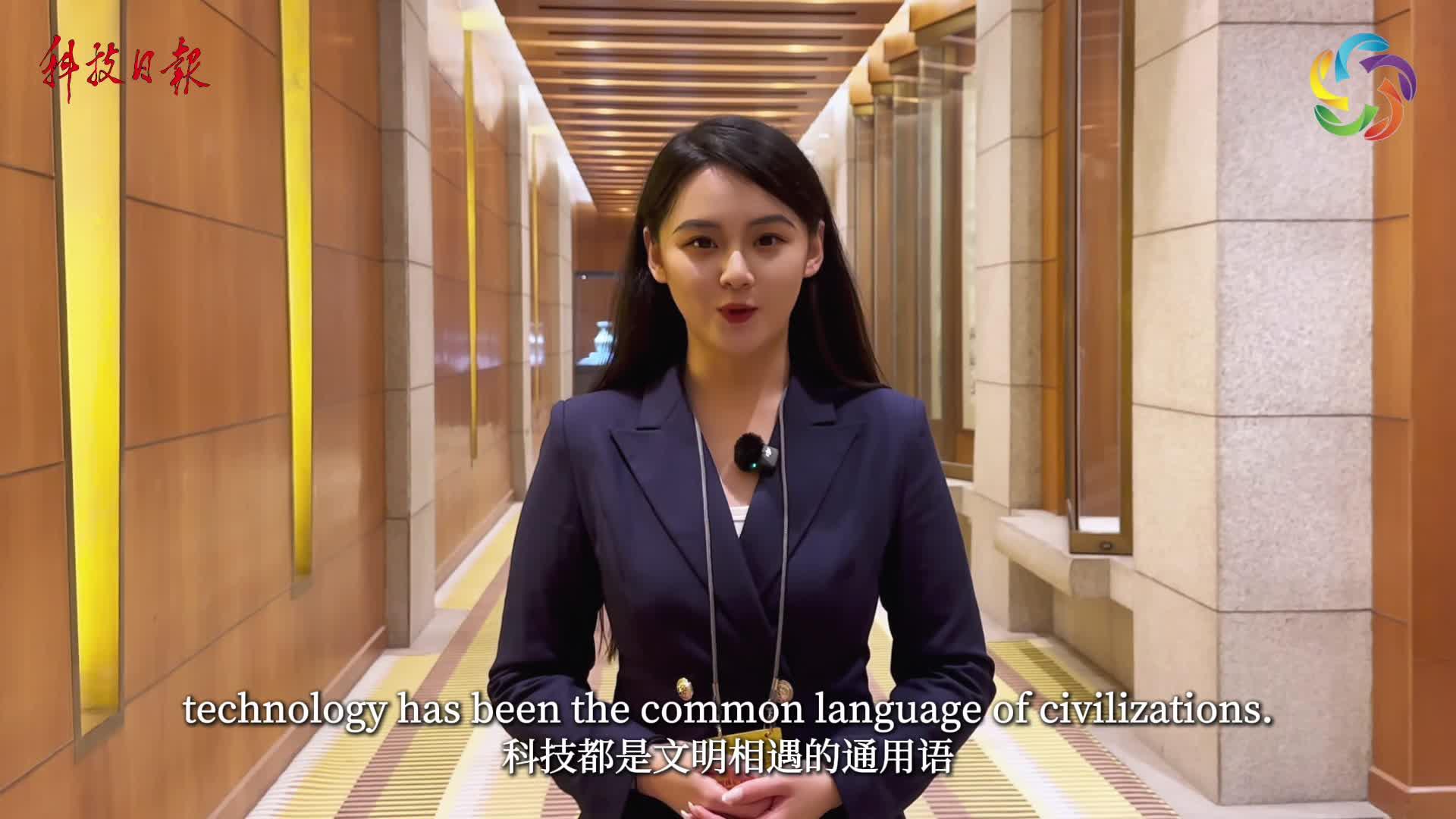LLM Speeds Up High-altitude Research
QwQ-32B, a reasoning large language model (LLM) by Alibaba's Tongyi Qianwen (Qwen), has been integrated with the scientific research of several institutes of the Chinese Academy of Sciences (CAS), facilitating research on solar flare and water resources on the Qinghai-Xizang Plateau.
Solar flares are crucial for scientists to explore the mysteries of the sun. Since researchers need to deal with a huge amount of multi-modal data, there is a higher algorithm requirement. LLMs like QwQ-32B have brought new solutions.
At CAS's National Astronomical Observatories (NAOC) headquartered in Beijing, researchers are using JinWu, a solar physics LLM developed based on QwQ-32B, to predict solar flare activities precisely.
Li Yuyang, a member of NAOC's AI group, said the team trained the JinWu model to understand and answer solar physics questions, as well as recognize and analyze images of the sun through supervised learning and reinforcement learning on the basis of a series of Qwen LLMs.
JinWu's solar flare outbreak prediction accuracy has reached the frontier level within the field. The data source for training and testing the predictions are satellite public data from NASA's Solar Dynamics Observatory, data from the 35-cm magnetic field telescope at the Huairou base in Beijing, and full-disk vector magnetograph data from Kuafu-1, China's solar probe satellite launched in 2022.
The astronomical LLM "Xingyu 3.0" is connected to the Mini-SiTian Array at NAOC's Xinglong Observatory in north China, which can autonomously control observations, analyze data and recommend follow-up plans, according to Li.
As scientific research requires very high data security, some research scenarios deploy LLMs locally. QwQ-32B can meet the requirements of research on LLM capabilities and costs relatively less.
Another notable example is exploring the "water code" of the Qinghai-Xizang Plateau.
Dubbed the "Water Tower of Asia," the plateau is one of the most sensitive regions to climate change in the world.The second scientific expedition and research project on the Qinghai-Xizang Plateau found that the solid water on the plateau is rapidly melting and liquid water is increasing. The uncertainty caused by climate change could result in potential water and energy conservation risks on the plateau.
In the face of this challenge, CAS's Institute of Tibetan Plateau Research (ITP), in cooperation with Aliyun or Alibaba Cloud, has created "Luoshu," the first water-energy-food multi-modal reasoning LLM focusing on climate change adaptation.
Studying water-energy-food coupling — the complex interdependence and influence relationships between water resources, energy systems and food production — is crucial to developing more resilient coping strategies.
Xia Zuihui, an assistant researcher at ITP, said Luoshu is based on ITP's self-developed model "Siyuan," and trained on the spatial and temporal data of the plateau. Its output consists of two parts: the runoff volume that directly supports hydropower production forecasts, and the high-dimensional data that accurately depicts hydrological processes.
However, humans cannot directly understand and use these data. After Siyuan is connected to Qwen, it can realize natural language query and output, and realize the visual presentation of high-dimensional data, based on which frontline personnel can make decisions directly, Xia said.
What's more, in combination with Siyuan and QwQ-32B, Luoshu can directly analyze the data to draw conclusions. For example, questions such as what to observe during the dry season and what to do in the future to adapt to climate change can be explained through LLM reasoning, thus aiding decision-making, Xia explained.
In this research, the team also handles massive data and complex computing tasks for rapid experimentation and iteration of the model with the help of the AI computing resources, data storage and deep learning platform provided by Aliyun, significantly enhancing the efficiency of scientific research.
In the future, Luoshu will also be connected to Qwen-VL to efficiently identify image data, and synergize with the intelligent body, embodied AI observation, and air and sky integrated dynamic data center. This will provide sci-tech support for ecological protection and sustainable development of the Qinghai-Xizang Plateau.







